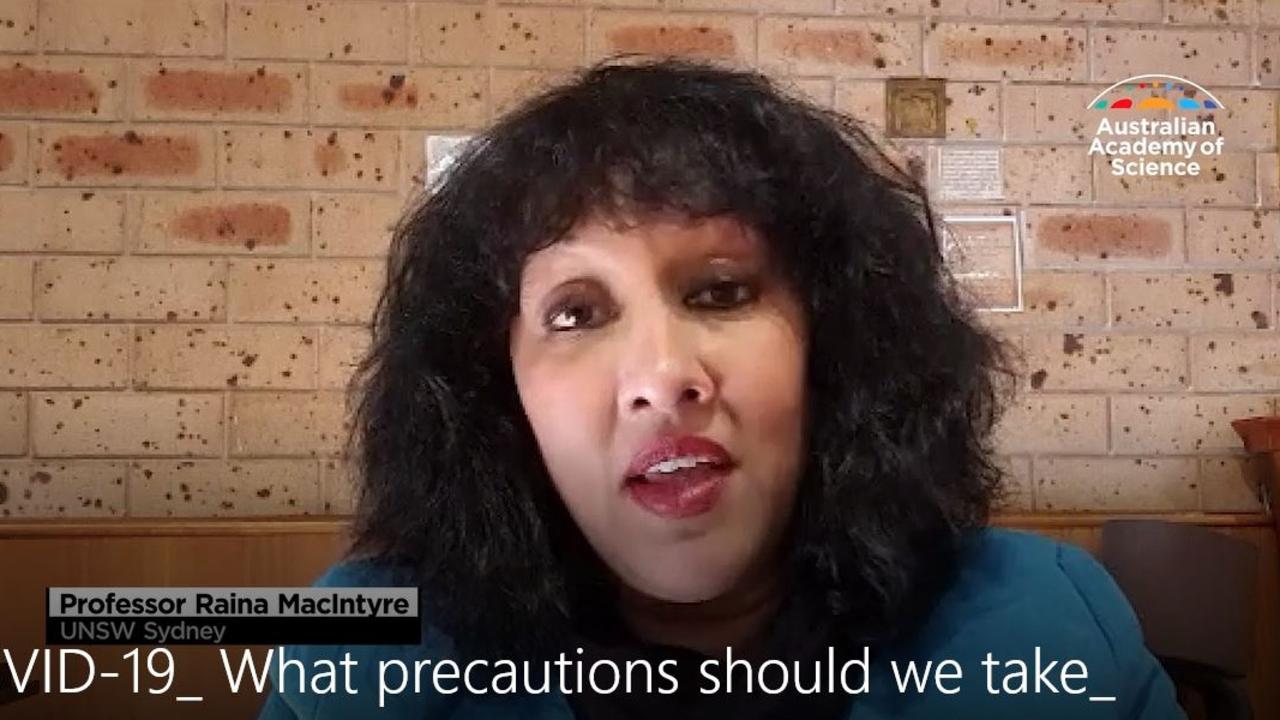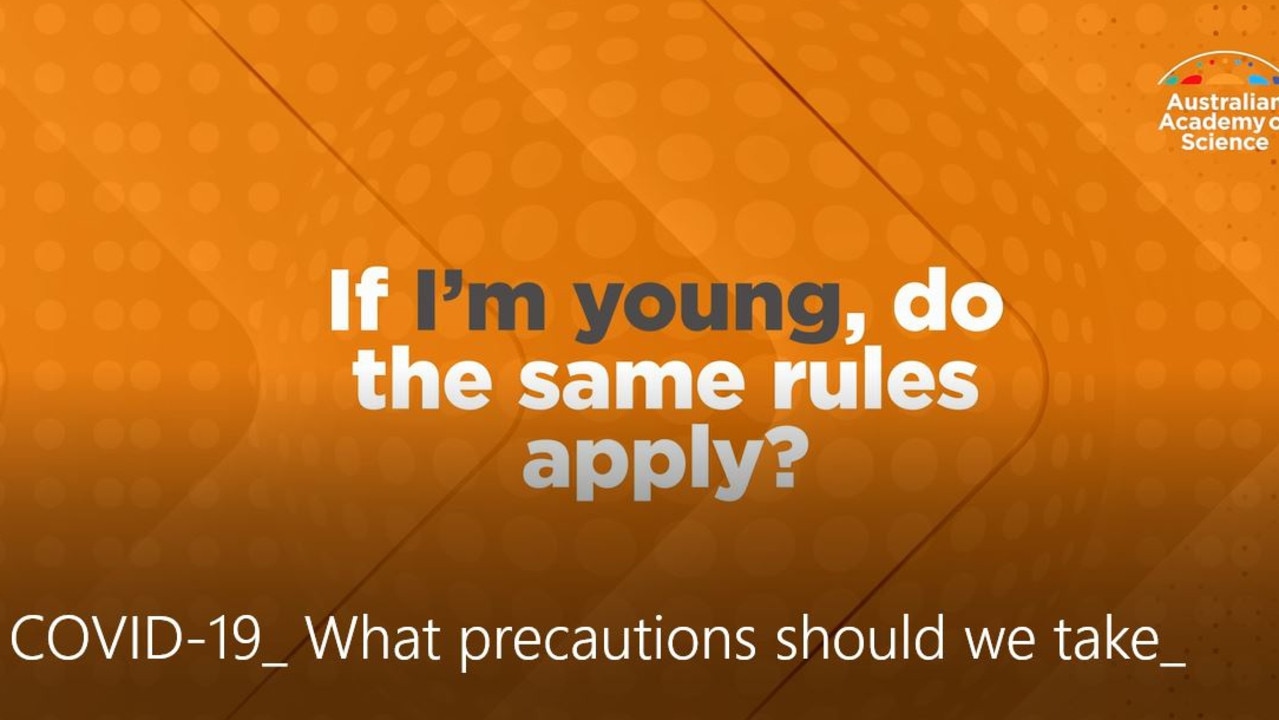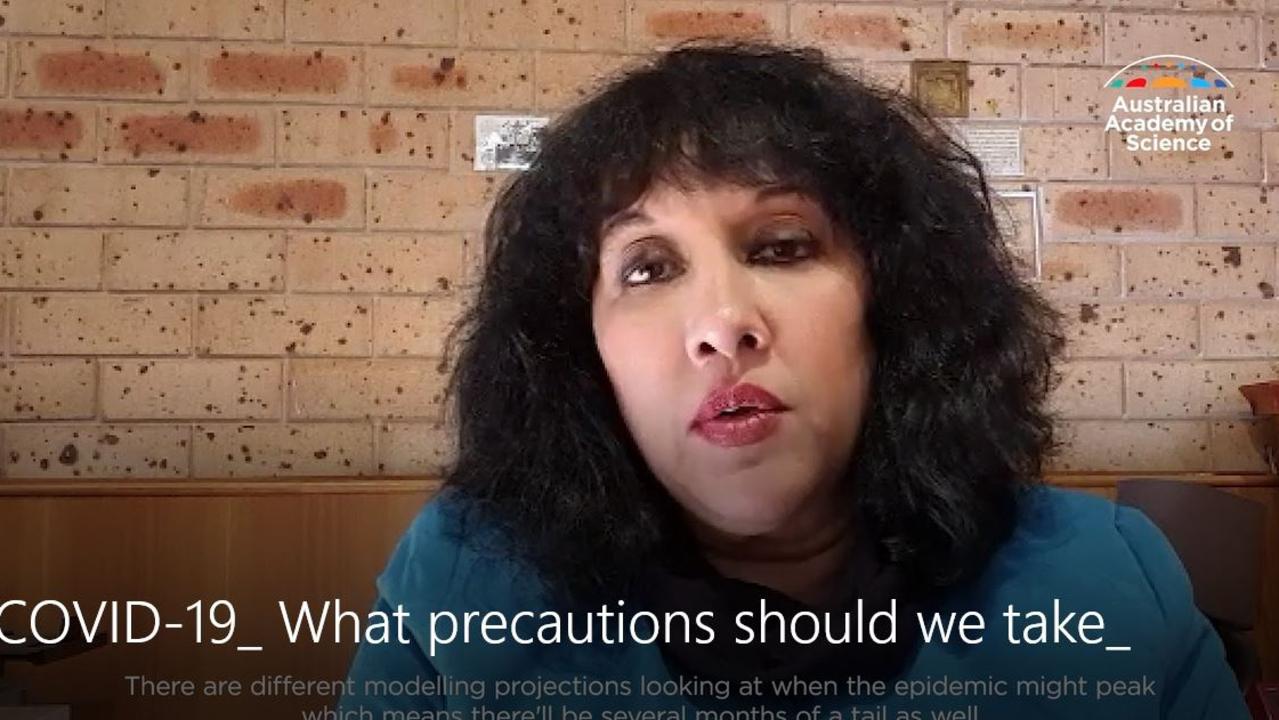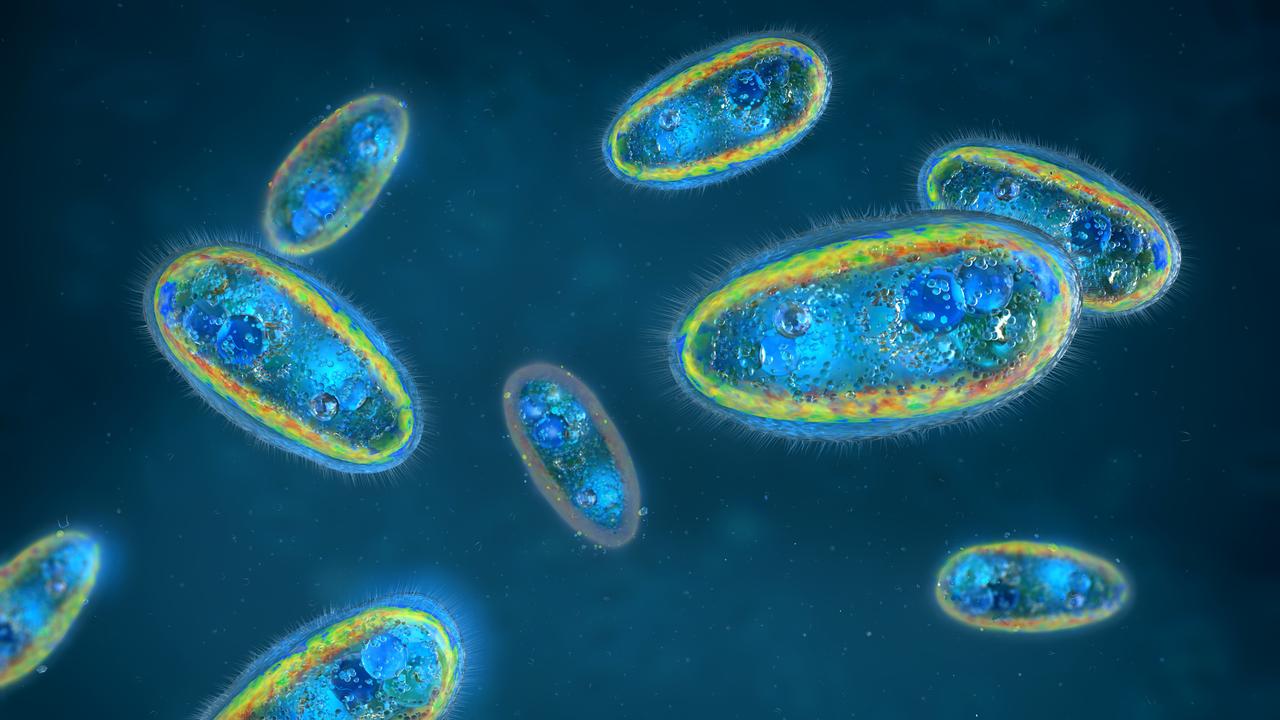Coronavirus: Video shows the precautions you should be taking
An experts has revealed why Australians need to social distance and why young people also need to listen to the new rules.
A new video shows the precautions you should be taking against coronavirus and answers questions like do the same rules apply to young people and how long the epidemic will go on.
The video, which advises everyone including young people to “avoid handshaking touching and hugging” warns the virus is about to “take off” in Australia.
Made by the Australian Academy of Science it explains what safe social distancing really means and what situations to avoid be stay free of COVID-19.
The two minute video features Professor Raina Macintyre, emerging infectious diseases professor at the Kirby Institute at UNSW Sydney.
She lists the measures vital for self-protection because the epidemic is about to worsen.
The fact-checked production also answers what does home quarantine mean, if the same rules apply to young people and the likelihood a second wave of the epidemic is ahead for China and other countries.
Speaking from isolation at her home in Sydney, Prof Macintyre recommends Australians “just try and practice social distancing and get into a mental space where you can actually accept that your have to change the way that you live”.
“Because the epidemic will be taking off in the next few weeks. It’s going to get worse before it gets better,” she says.
“There’s going to more transmission around in a very short time. Everything you can do to reduce your contact with other people.”
RELATED: The only 16 excuses for going out
RELATED: Follow updates on the coronavirus outbreak

HOW DOES SOCIAL DISTANCING HELP?
Prof Macintyre said: “The aim of social distancing is to reduce the contact between people and therefore reduce the opportunities for transmission of the infection.
“There’s a range of different things you could do,” she said.
“People in their daily personal lives can practise social distancing in which they might avoid public transport.
“Or they might stand further away from people, avoid handshaking touching and hugging.
“They might reduce the number of people coming into their home, reduce the number of social functions they go to.”

IF I’M YOUNG DO THE SAME RULES APPLY?
“You might think you’re young and healthy and if you get it it’ll just be mild for you,” Prof Macintyre said.
“But you could infect someone who is very vulnerable like your parents or someone else living in your household who has a chronic illness or some other poor stranger who happens to get infected from you.
“So we need to be community minded and think about the need to protect everyone else.”
WHAT DOES HOME QUARANTINE MEAN?
Prof Macintyre said those who were in quarantine really shouldn’t be popping down to the supermarket, or even to the neighbours’ place for a chat.
“You really need to stay at home for those two weeks,” she said.
“You need to report symptoms promptly if they occur.”

HOW LONG IS THIS LIKELY TO LAST?
“There are different modelling projections looking at when the epidemic might peak which means there will be several months of tail as well,” Prof Macintyre said.
“And there’s always the possibility of a second wave, especially if only a fraction of the population get in infected in the first wave which is the case in China.
“Less than one per cent of he population got infected, so there is potentially the second wave there.”




